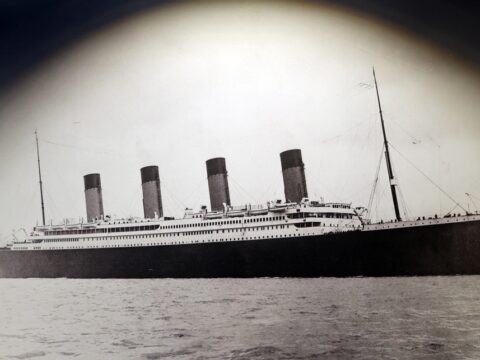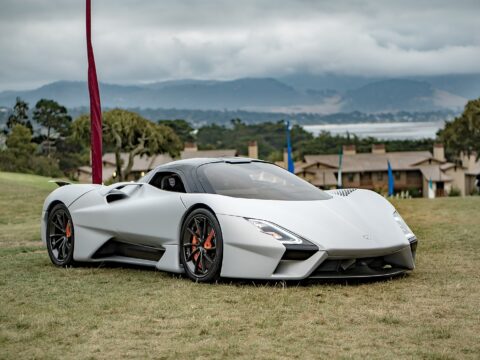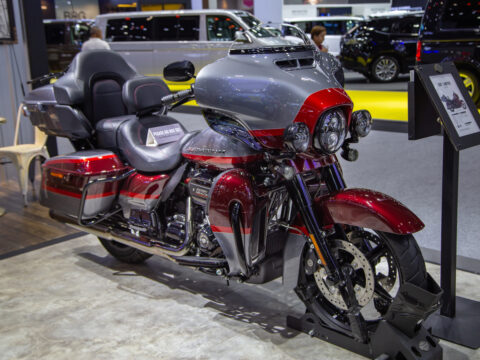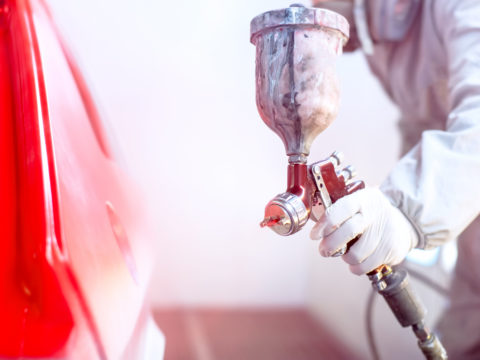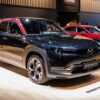When it comes to luxury cars, expectations are always high. Buyers anticipate top-notch performance, cutting-edge technology, and impeccable design. However, not all luxury vehicles live up to these lofty standards. Over the past decade, several high-end models have fallen short, leaving their owners disappointed and questioning their investments.
From underwhelming performance and unreliable mechanics to lackluster interiors and controversial designs, these vehicles failed to deliver the premium experience expected from their brands. In this article, we delve into the most disappointing luxury cars of the past ten years, examining the factors that contributed to their less-than-stellar reputations.
Contents
Acura ZDX
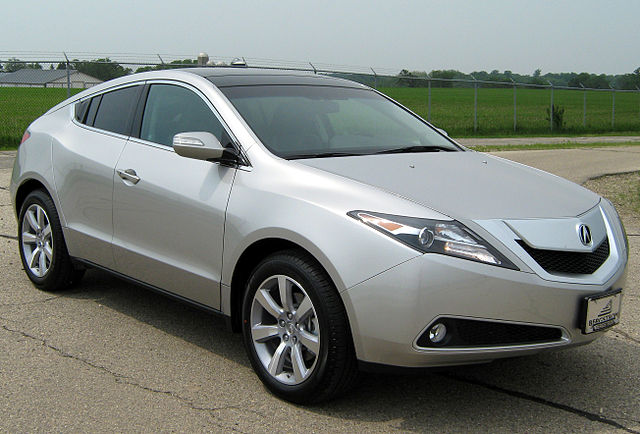
The Acura ZDX, launched with high hopes in 2010, fell short due to its controversial design and limited practicality. The coupe-like crossover offered restricted rear visibility and tight rear seating, making it less appealing for families. Additionally, its high price tag and lackluster performance compared to competitors resulted in underwhelming sales. The ZDX was discontinued in 2013, marking it as a notable disappointment in Acura’s lineup.
Lexus IS 250 (2007-2008)
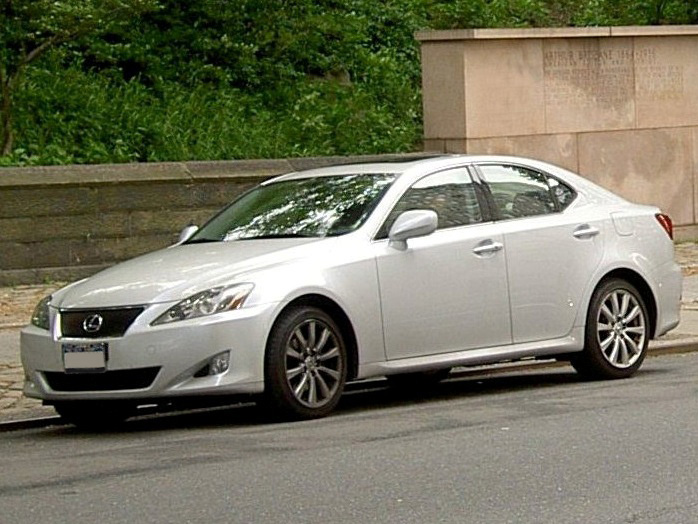
The Lexus IS 250, particularly the 2007-2008 models, faced criticism for its underpowered 2.5-liter V6 engine that produced only 204 horsepower. This resulted in the sluggish acceleration and a lack of driving excitement. Moreover, the cramped rear seats and limited trunk space compromised its appeal as a practical luxury sedan. Reliability issues with the engine further tarnished its reputation, making it a less desirable choice among luxury car buyers.
Volvo C30
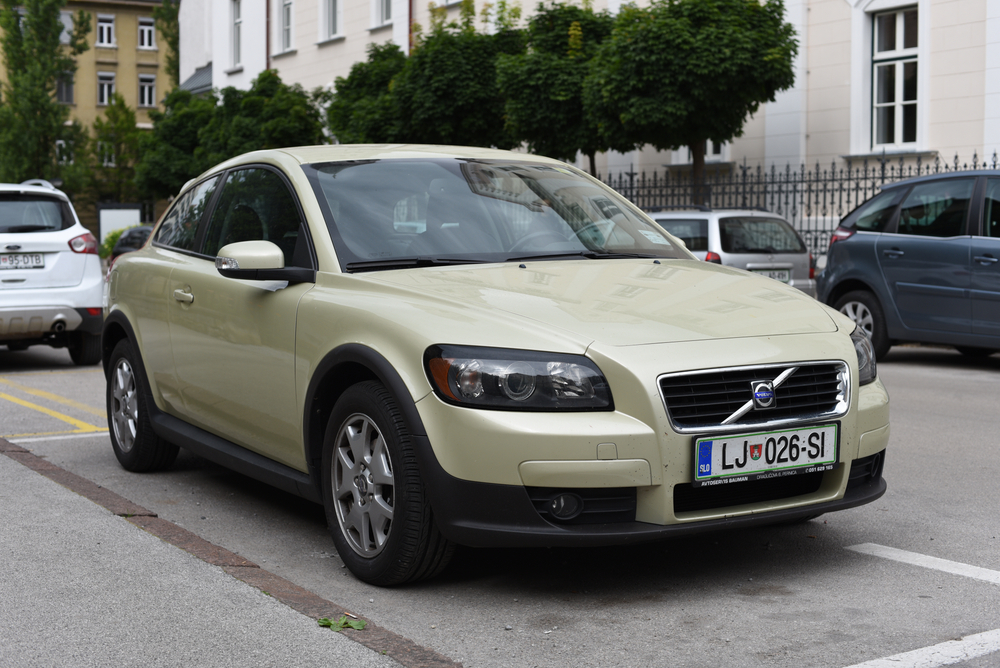
The Volvo C30, introduced as a stylish compact hatchback, struggled to find its place in the luxury market. Despite its unique design and comfortable interior, the C30 lacked the performance and refinement expected from a luxury brand. The limited rear seat space and small cargo area reduced its practicality. Additionally, its price point was considered too high for what it offered, leading to disappointing sales and eventual discontinuation in 2013.
Infiniti Q50 (2014)
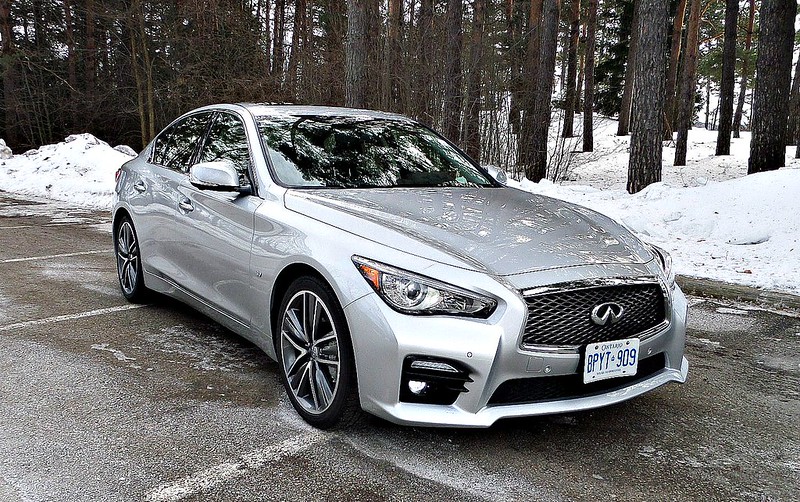
The Infiniti Q50, released in 2014, was met with mixed reviews due to its confusing dual-screen infotainment system and inconsistent handling. While it offered a range of powerful engines, the steering-by-wire system felt disconnected, detracting from the driving experience. The Q50’s interior quality also failed to meet the standards set by competitors, and its resale value dropped significantly over time, contributing to its disappointing reception.
Cadillac ELR
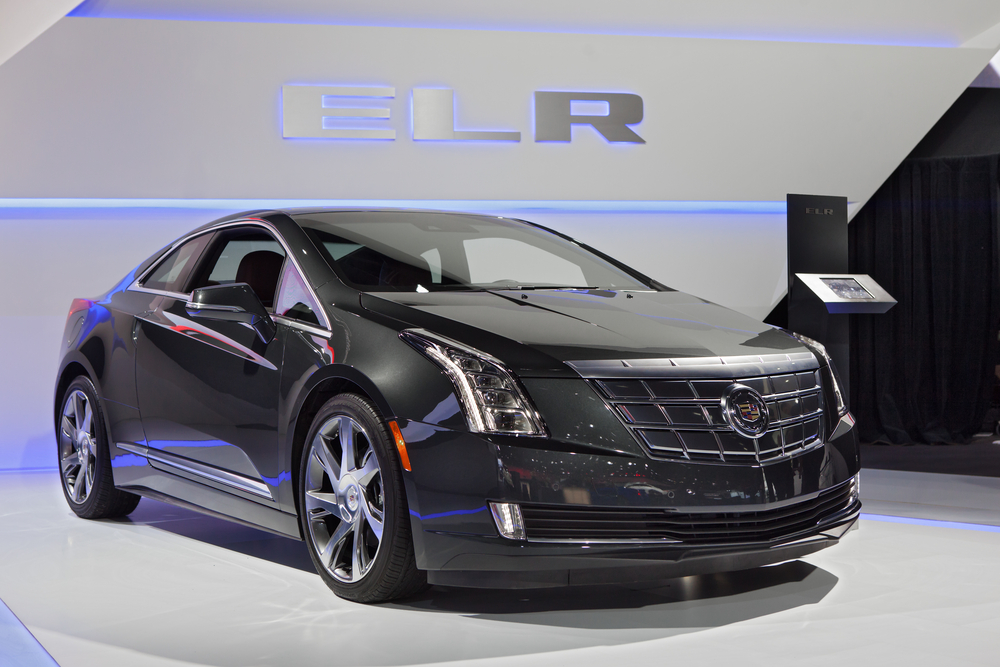
The Cadillac ELR, a plug-in hybrid coupe introduced in 2014, aimed to blend luxury with eco-friendliness but fell short in several areas. Its high price tag, nearly double that of the Chevrolet Volt upon which it was based, was a major deterrent. The ELR’s limited electric range and mediocre performance did not justify its cost, leading to slow sales and eventual discontinuation in 2016. It remains a cautionary tale of mismatched pricing and market expectations.
Audi Q7
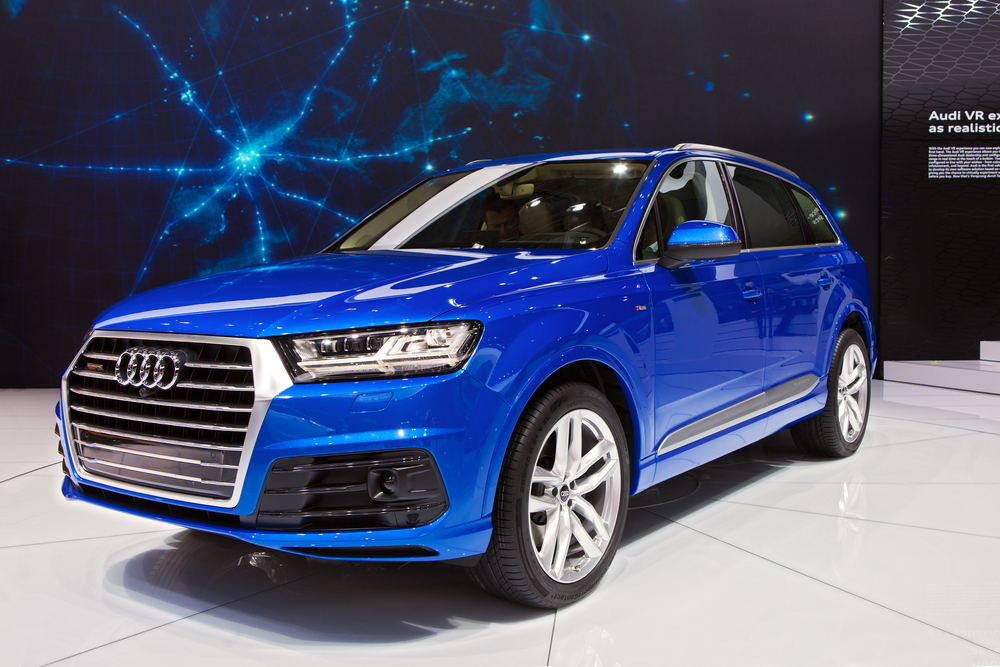
The Audi Q7, while a popular model in general, saw a dip in satisfaction with the second generation released in 2016. The SUV faced criticism for its overly complex and occasionally glitchy infotainment system, which frustrated many users. Additionally, the Q7’s third-row seating was cramped, and the vehicle’s high price point did not always translate to the expected level of luxury and performance, resulting in some disappointment among buyers.
Land Rover Range Rover
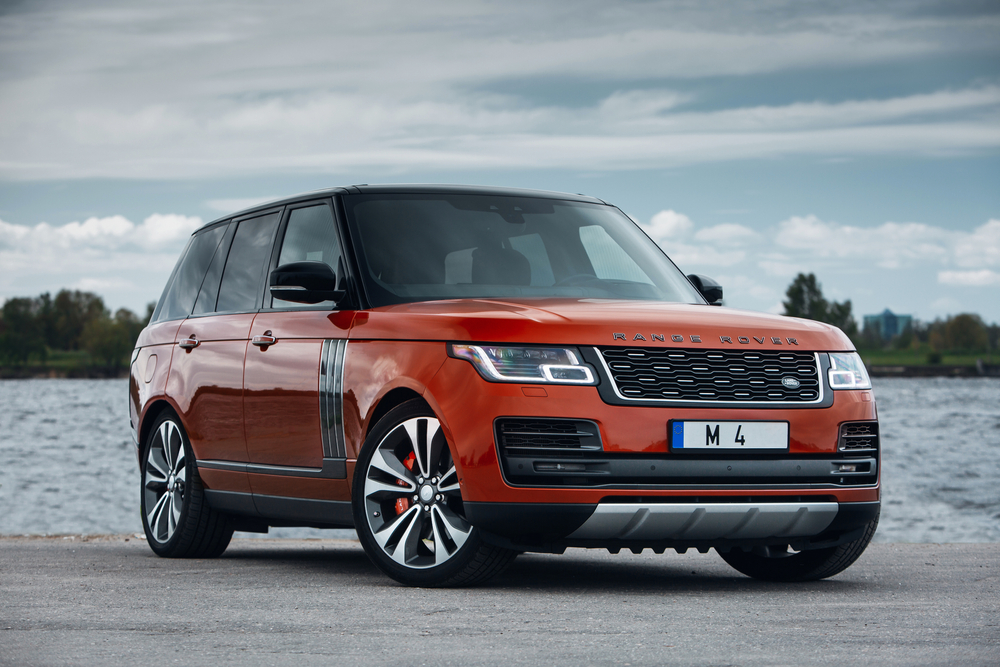
The Land Rover Range Rover, despite its iconic status, has struggled with reliability issues, particularly in models from the past decade. Owners frequently reported problems with the vehicle’s electronics, air suspension, and drivetrain. These reliability concerns, coupled with high maintenance costs, have tarnished the Range Rover’s reputation as a dependable luxury SUV, making it a less attractive option for some luxury car buyers.
Maserati Ghibli
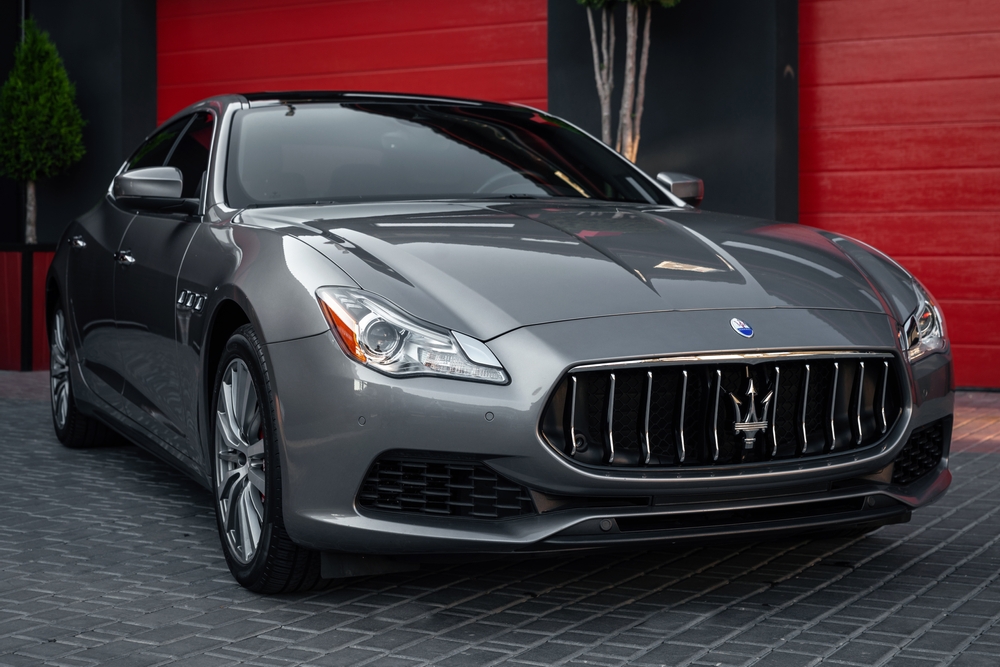
The Maserati Ghibli, introduced with the promise of Italian luxury and performance, has faced criticism for its subpar interior quality and lack of refinement compared to German rivals. The Ghibli’s infotainment system, borrowed from Chrysler, felt out of place in a high-end vehicle. Additionally, the car’s reliability issues and high maintenance costs further detracted from its appeal, leading to disappointment among luxury car enthusiasts.
Jaguar XJ
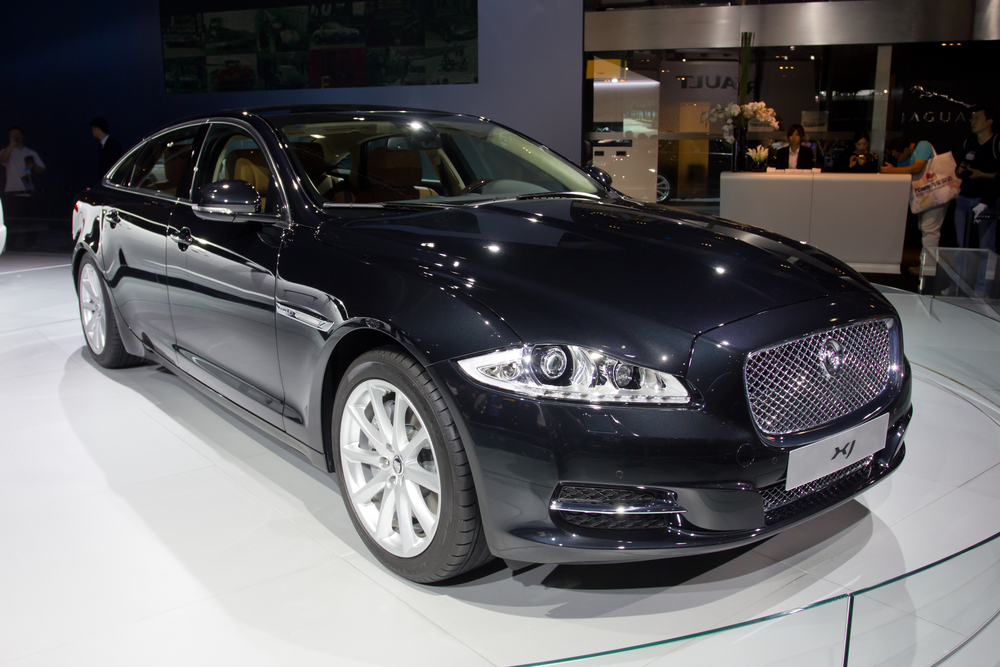
The Jaguar XJ, a flagship sedan, struggled to keep pace with its competitors in terms of technology and interior quality. The dated design and lack of advanced features made it less appealing to buyers seeking modern luxury. Furthermore, the XJ’s reliability issues, particularly with its electronics and engine components, led to frequent repairs and a decline in its reputation, contributing to its disappointing performance in the market.
Tesla Model X
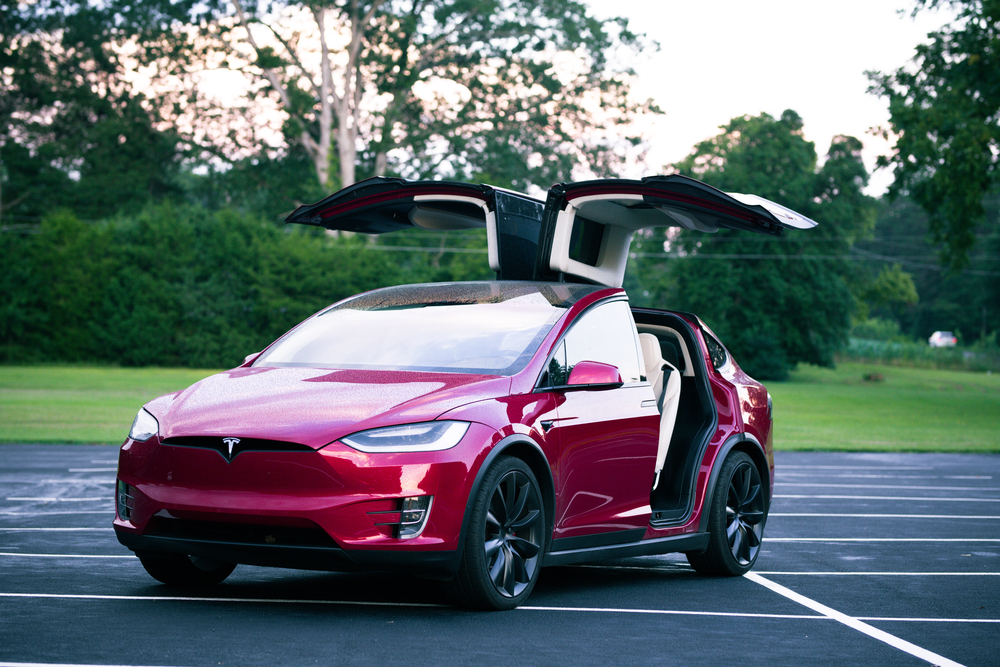
The Tesla Model X, while innovative with its falcon-wing doors and electric powertrain, faced numerous quality control issues. Owners reported problems with door alignment, fit and finish, and software glitches. The vehicle’s high price point and limited service network added to the frustration. Despite its technological advancements, the Model X’s reliability concerns and high maintenance costs have left many luxury buyers disappointed.
BMW 7 Series
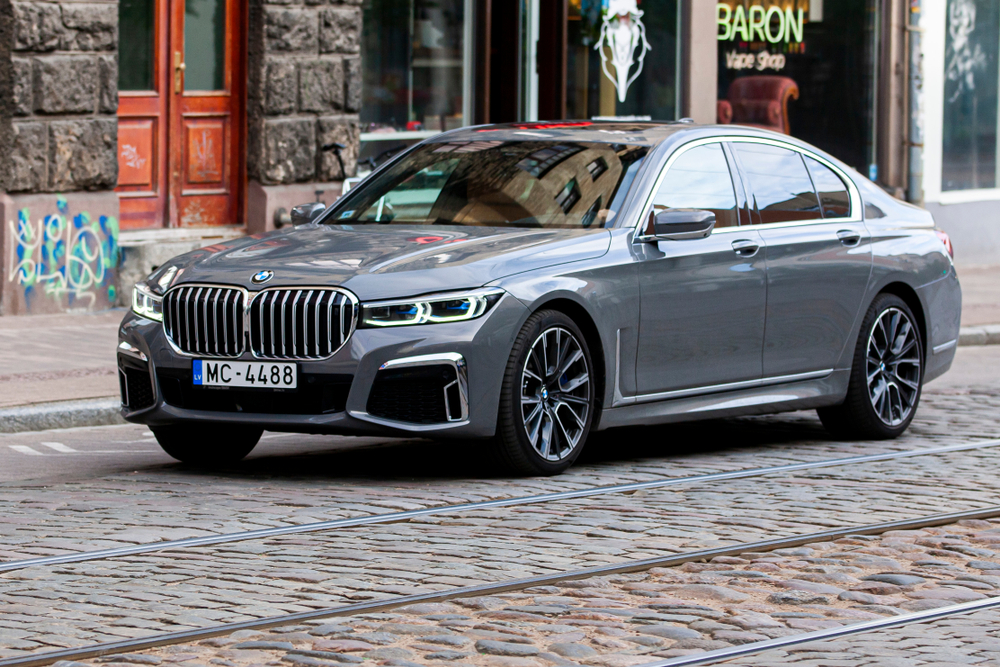
The BMW 7 Series, specifically the sixth-generation models, faced criticism for its lack of driving engagement compared to previous iterations. The introduction of a more isolated and comfort-oriented experience alienated some loyal BMW enthusiasts. Additionally, the complex iDrive system and expensive maintenance further detracted from its appeal. Despite its luxurious features, the 7 Series struggled to meet the expectations of driving enthusiasts.
Lincoln Continental
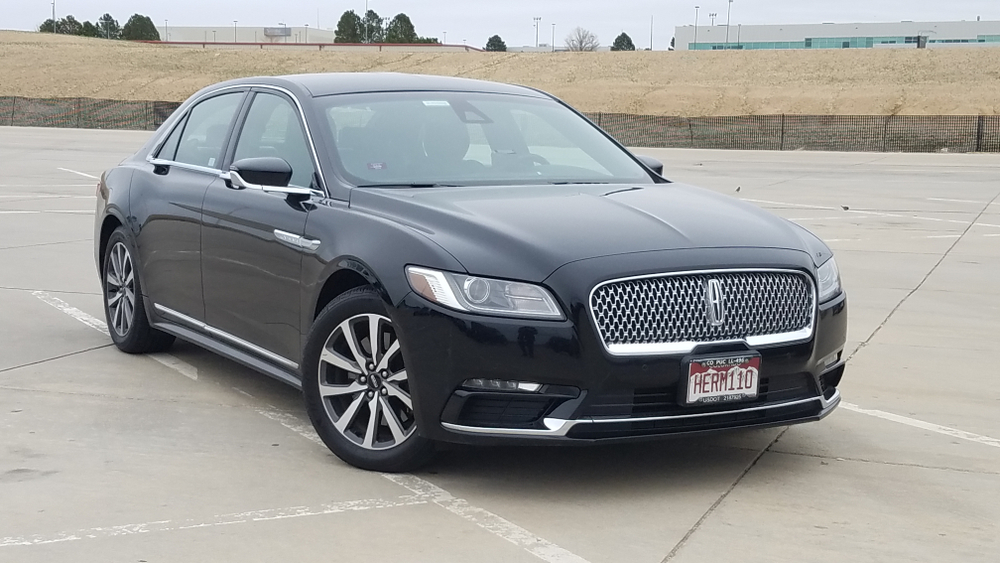
The Lincoln Continental revived in 2017, aimed to bring back a classic nameplate but fell short in execution. The car’s design was considered bland by some, and its front-wheel-drive platform did not offer the same level of performance as rear-wheel-drive competitors. Additionally, the interior quality, while improved, still lagged behind other luxury brands. The Continental’s lackluster performance and uninspiring design led to its eventual discontinuation in 2020.
Porsche Panamera
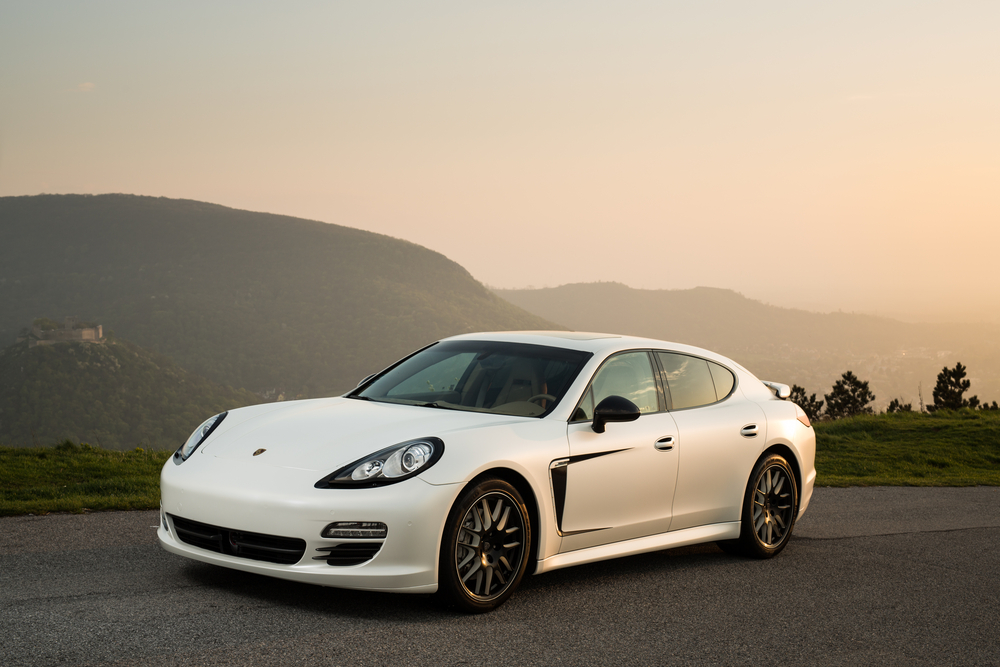
The Porsche Panamera, while offering impressive performance, faced criticism for its polarizing design and limited rear-seat comfort. The high price and expensive options list made it difficult for buyers to justify the cost. Additionally, early models suffered from reliability issues, particularly with the engine and transmission. These factors contributed to the Panamera’s mixed reception in the luxury market.
This article originally appeared on MyCarMakesNoise.
More from MyCarMakesNoise
15 Must-Have Items for Flat Tire Emergencies

Getting a flat tire is never convenient, but having the right tools and supplies in your vehicle can turn a potentially stressful situation into a minor delay. From safety gear to practical tools, this guide will walk you through the essential items you should have on hand. Read More.
11 Lightning-Fast Single-Engine Planes You Can Pilot Now

Exploring the skies has never been more exhilarating with the latest advancements in single-engine planes. Combining remarkable speed with cutting-edge technology, these aircraft offer both seasoned pilots and aviation enthusiasts an unparalleled flying experience. Read More.
15 Budget-Friendly Camper Van Mods You Can Afford

Transforming your camper van into a cozy, functional home on wheels doesn’t have to cost a fortune. With a few affordable modifications, you can significantly enhance your comfort and convenience on the road. Read More.

